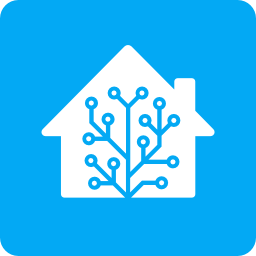

I think it’s not quite as well known or prevalent as other services (as say SSH) so likely doesn’t have anything automated attacking it yet. If you check something like http://shodan.io/ against your ip, I’d guess the service has been found.
Home Assistant likely won’t come under any kind of attack until there’s a very easy to exploit, unpatched zero-day vulnerability in the wild. Given how many people (myself included) who have HA exposed publicly it’s really a matter of time. The best mitigation is not exposing publicly if possible, and staying up to date.
In my case I don’t expose HA over 8123, I have a proxy on 443 where HA is not the default host name, meaning if you don’t use the right host HA doesn’t receive the traffic. As I’d expect that automated attackers wouldn’t what my host is it’s a reasonable layer in the security onion. I don’t expect anything would realistically protect from a targeted attack but I’m also not important enough to be targeted.

I use an acurite 06002RM temperature and humidity sensor with a rtl 433 compatible receiver plugged into home assistant and an rtl2mqtt add on. It’s indoor/outdoor and has worked well for all sorts of weather. Combined with a sun shade and it’s a good solution I think, and completely local.